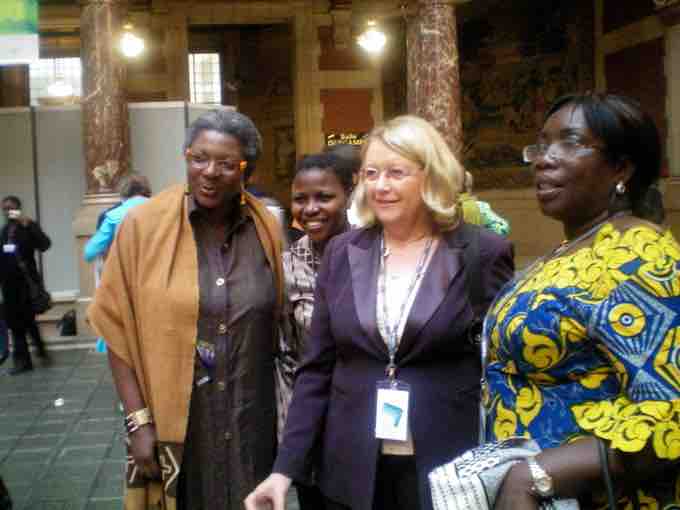The Role of Women in Medicine
Historically and in many parts of the world, women's participation in medicine (as physicians, for instance) has been significantly restricted, although women's informal practice of medicine in the role of caregivers and in the allied health professions has been widespread. Most countries of the world now guarantee equal access by women to medical education, although not all ensure equal employment opportunities. Gender parity has yet to be achieved within the medical specialties around the world.
At the beginning of the twenty-first century in industrialized nations, women have made significant gains, but have yet to achieve parity throughout the medical profession. Women's participation in medical professions was limited by law and practice during the decades while medicine was professionalizing. However, women kept practicing medicine in the allied health fields (nursing, midwifery), making significant gains in medical education and medical work during the 19th and 20th centuries. Women continue to dominate nursing in the 20th century. In 2000, 94.6% of registered nurses in the United States were women.
The practice of medicine remains disproportionately male overall. In some industrialized nations, women have achieved parity in medical school. Since 2003, women have formed the majority of the U.S. medical student body. However, they have yet to achieve parity in practice. In many developing nations, neither medical school nor practice approach gender parity. Moreover, there are skews within the medical profession. For example, some medical specialties like surgery are significantly male-dominated, while other specialties are or becoming significantly female-dominated.

Monique Frize, née Aubry (born 1942) is a Canadian academic and biomedical engineer known for her expertise in medical instrumentation and decision-support systems
At the beginning of the 21st century, women in industrialized nations have made significant gains, but have yet to achieve parity throughout the medical profession. In some industrialized countries, women have achieved parity in medical school. Women have formed the majority of the United States medical student body since 2003. In 2007-2008, women accounted for 49% of medical school applicants and 48.3% of those accepted. According to the American Association of Medical Colleges (AAMC) 48.3% (16,838) of medical degrees awarded in the US in 2009-10 were earned by women, an increase from 26.8% in 1982-3.